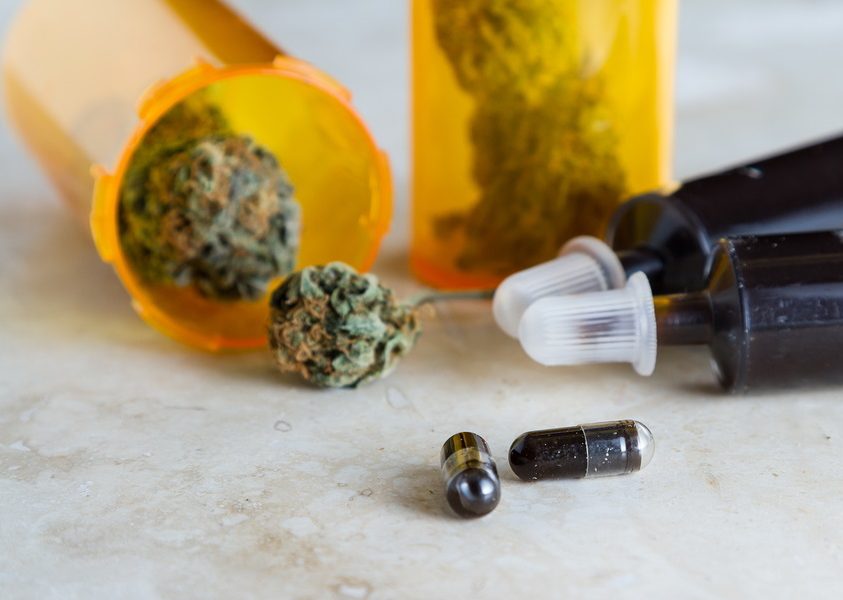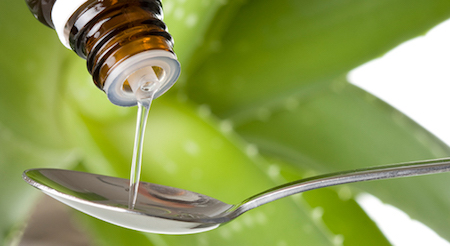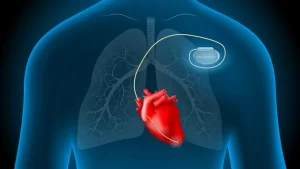
The hemp plant is used to extract the CBD oil, which is then often diluted with a carrier oil. Cannabidiol, sometimes known as CBD, is a substance in hemp. Cannabis plant known as hemp has a dry weight THC content of less than 0.3%. It implies that CBD oil made from hemp usually has only very little quantities of THC and is therefore non psychoactive.
Retail CBD oils are completely legal in the US because they contain less than 0.3% THC on a dry weight basis. Customers seeking a natural option to address more serious diseases and regular aches and pains are increasingly turning to them.
There are three different kinds of CBD oils available on the market: isolate CBD oil, full spectrum CBD oil, and broad-spectrum CBD oil. The least processed of the three is CBD oil. It includes all of the cannabis plant’s cannabinoids, including terpenes, CBD, CBC, CBG, and CBN.
Isolate CBD oil for Anxiety is produced by a number of extraction procedures that separate the various parts of the hemp plant. It is devoid of THC and other cannabinoids. Instead, it just has CBD in it. Minor cannabinoids are present in broad spectrum CBD oil, but the THC component has been eliminated during the extraction process.
If you want to reduce your anxiety, it might be tough to know the CBD dose to attempt. The CBD dose is probably influenced by your weight, metabolism, and unique biology.

Second, it can be challenging to locate commercially accessible products with the same level of CBD, as the organization National Organization for the Reform of Marijuana Laws (NORML) notes, since scientific research on CBD employ large doses of the substance.
For instance, many CBD businesses recommend taking 20 milligrams of CBD per day, while the 2018 study referenced earlier indicated that CBD was only effective when taken in doses of 300 mg. Taking 300 mg of CBD daily would probably be expensive.
With CBD (and THC), the basic guideline is to “start low and go gently.” This entails starting off with a little dose each day, such as 10 or 20 milligrams, and then gradually increasing it until you have relief. In this manner, you arrive at the lowest dose that provides benefit while also having the lowest possibility of negative effects.





